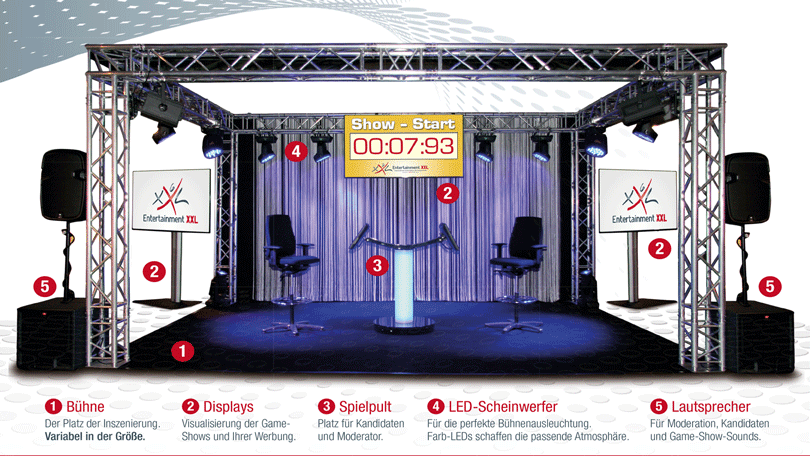

If the contestant could answer all three questions correctly, it paid $250, ending the match immediately. The contestant answered by calling out a(n) (set of) initial(s) and then give the answer. That side then played a game called "Shortcut to Victory", Bill asked three Gold Run-style questions. A regular game of Blockbusters was played, with the first side to make the connection winning $250. In the pilot, it took $500 to win the match.

If the solo player missed, only one half of the family pair could answer, with conference.

The solo player played red and went top to bottom, while the family pair played white and went side to side. Either way, Bill would go over any and all missed and/or passed questions, and another match would commence.įor this version, a solo player faced a family pair. If they were blocked out, the contestant could continue and try to build up the consolation prize of $100 for every correct answer until time ran out. If time expired, they received $100 for every captured hexagon. If the contestant made the connection, he/she won a major cash prize. Correct answers would mark the chosen hexagons, but wrong answers or passes put up blocks and the contestant had to work around them. The difference here was that many of the hexagons had multiple letters on them (1 to 5 letters), and naturally, they represented an answer of more than one word (eg: "BS", What people kiss in Ireland: Blarney Stone). The contestant had to connect side to side (the gold to the gold) in 60 seconds or less. Completing a path earned money, with two games needed to win the match and advance to the bonus round.ĭue to the interlocking patterns of the hexagons, a game could never end in a tie. The other(s) would have to connect from side to side in as little as five moves. One player would have to connect from top to bottom, which could be done in as little as four correct answers. One side would play white, and the other would play red. If nobody answered correctly, another question was asked whose answer began with that same letter. If they were incorrect, the other side would get a chance to answer. If correct, the space was marked with their color. The contestant who buzzed in first would get a chance to answer the question. For example, if the letter B were chosen, a sample question could be, "What 'B' is a long silver rod twirled by a majorette or cheerleader?", in which case the correct answer would be "Baton". The answer to the question would begin with the letter chosen. A letter was chosen at random to start a game. A 4×5 board of 20 hexagons was presented with a letter in each hexagon.


 0 kommentar(er)
0 kommentar(er)
